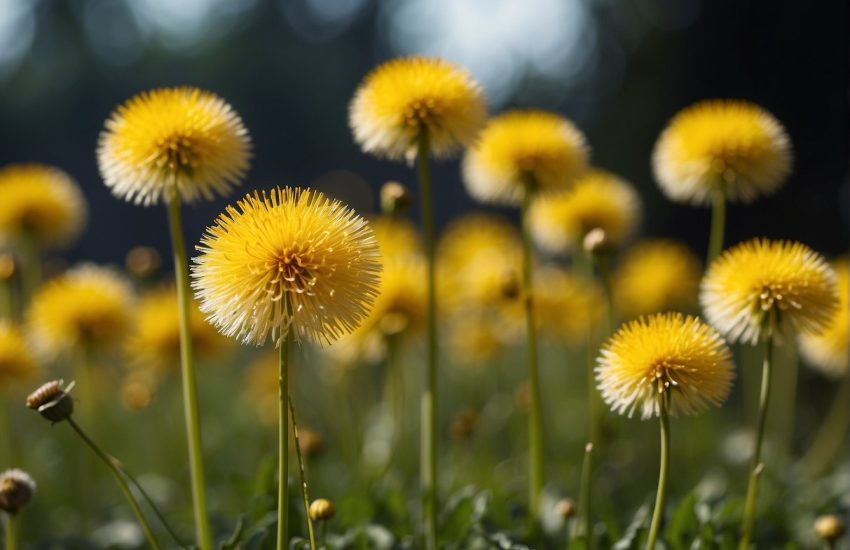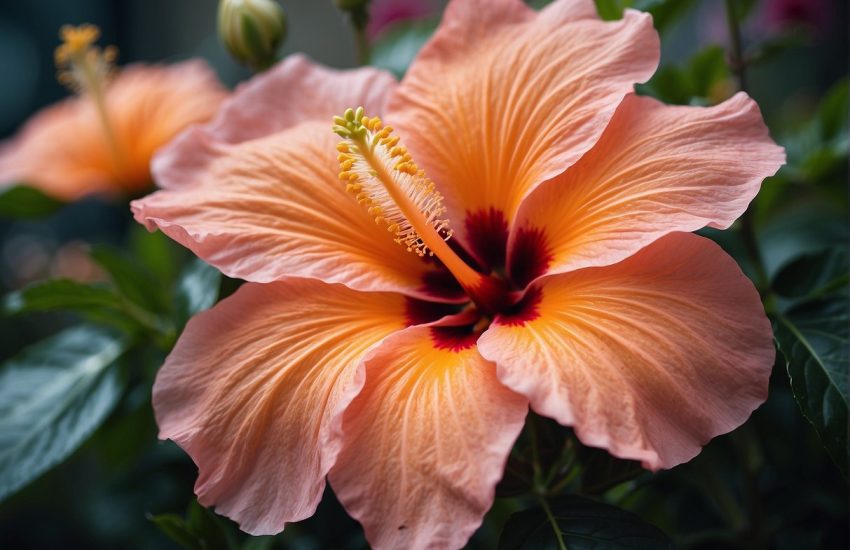Plants Similar to Wandering Jew: A Guide to Alternatives
Wandering Jew, also known as Tradescantia, is a popular houseplant that is loved for its attractive foliage and ease of care. However, there are many other plants that share similar characteristics and can be great alternatives for those who want something similar but different. In this article, we will explore some of the best plants similar to Wandering Jew and discuss their unique features.

One plant that is often compared to Wandering Jew is the Inch Plant (Callisia repens). Like Wandering Jew, Inch Plant has trailing stems and attractive variegated leaves. However, Inch Plant is less fussy and can tolerate lower light levels than Wandering Jew. It also has smaller leaves, which some people may prefer.
Another great alternative to Wandering Jew is the Spiderwort (Tradescantia virginiana). This plant is a close relative of Wandering Jew and shares many of its characteristics. Spiderwort has long, narrow leaves and produces small, delicate flowers in shades of pink, purple, and blue. It is a hardy plant that can thrive in a variety of conditions, making it a great choice for beginners or those who want a low-maintenance plant.
Caring for Wandering Jew Plants
Wandering Jew plants are known for their striking foliage and easy care requirements. With proper attention to their growing conditions, propagation techniques, and common challenges, these plants can thrive in a variety of environments.
Optimal Growing Conditions
Wandering Jew plants, also known as Tradescantia genus, prefer bright, indirect light and moist soil with good drainage. They can tolerate a range of temperatures, but prefer room temperature with average humidity. These plants have fleshy stems and do well in organic compost mixed with perlite to improve drainage.
Propagation Techniques
Wandering Jew plants can be propagated through stem cuttings. Simply cut a section of stem with a few leaves and place it in moist soil. Keep the soil moist and in indirect light until roots develop. Another option is to propagate through division by separating the roots of an established plant and potting each section separately.
Common Challenges and Solutions
Wandering Jew plants are relatively pest and disease resistant, but can still face issues such as root rot, aphids, and spider mites. To prevent these issues, ensure proper drainage and avoid overwatering. If pests are present, treat with an insecticidal soap or neem oil. Pruning can also help prevent the plant from becoming invasive. It is important to note that the sap of this plant can cause skin irritation in some individuals, so wear gloves when handling.
Overall, caring for a Wandering Jew plant is relatively simple with attention to light, water, soil, and propagation techniques. With proper care, these plants can add a beautiful touch to any indoor or outdoor space.
Varieties and Characteristics
Popular Types of Wandering Jew
Wandering Jew is a common name for plants belonging to the Tradescantia genus. There are several types of Wandering Jew plants, including Tradescantia Fluminensis, Tradescantia Zebrina, and Tradescantia Pallida. Each type has its own unique characteristics that make it popular among gardeners.
Tradescantia Fluminensis, also known as the boat lily or flowering inch plant, is a creeping plant that makes an excellent groundcover. It has oval leaves that are shiny and dark green in color. The plant produces small white flowers with three petals that bloom throughout the year. It is a popular indoor plant and is often grown in hanging baskets.
Tradescantia Zebrina, also known as the silver inch plant or wandering jew, is a creeping plant that has purple and silver leaves. The plant produces small white flowers with three petals that bloom in the summer. It is a popular groundcover and is often grown in hanging baskets.
Tradescantia Pallida, also known as the purple queen, is a creeping plant that has purple leaves. The plant produces small pink flowers with three petals that bloom in the summer. It is a popular garden plant and is often grown as a groundcover.
Decorative Aspects
Wandering Jew plants are popular for their decorative aspects. They are often grown in hanging baskets or as groundcovers. The plants have a creeping habit that makes them ideal for covering large areas. They also have attractive foliage that comes in a range of colors, including purple, silver, and green.
Wandering Jew plants are easy to care for and can be grown in a variety of conditions. They are hardy in USDA hardiness zones 9-11 and can be grown as annuals in colder climates. Some varieties of Wandering Jew plants, such as Tradescantia Fluminensis, are considered invasive in some areas.
In conclusion, Wandering Jew plants are a popular choice among gardeners for their attractive foliage and easy-to-grow nature. With a range of colors and varieties to choose from, there is a Wandering Jew plant for every garden.


